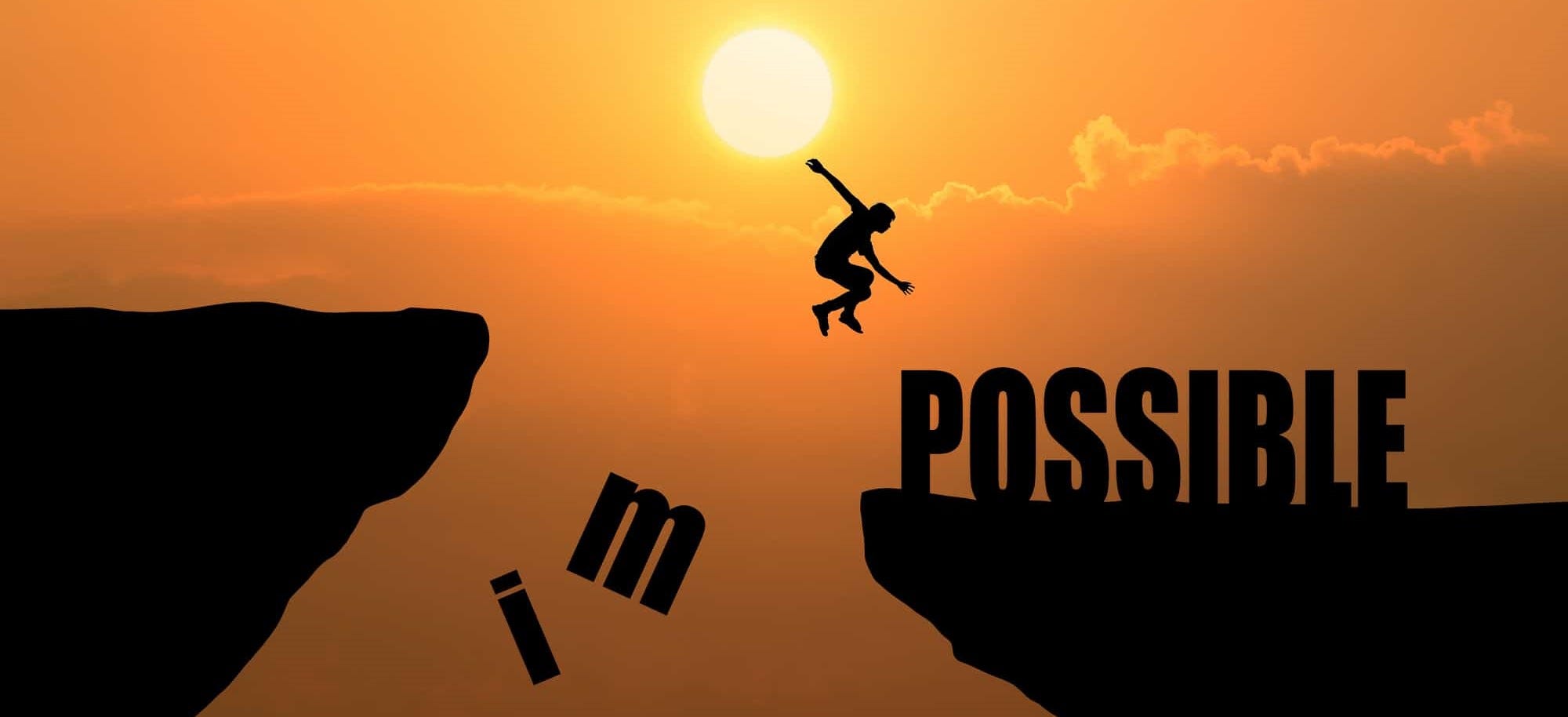WHAT NEXT?
Feb. 4th, 2022 12:25 amHave you ever worked on a project and it's going pretty well and then when you are almost at the end, you start wondering what you are going to do after the project? BINGO, that's exactly what we will be looking at today.
The idea behind an internship program is to give you the experience and the necessary skills you need to define a suitable career path. Planning a career path can be really difficult because most of the time we can't really pin down what we want and when.
What is a Career Path?
A career path is made up of the positions you hold as you grow in your field. Your first job or college degree, for example, can mark the beginning of your career path. As you gain additional knowledge and skills, you may progress or “move vertically” into more advanced roles. Some employees also “move laterally” into equal but different job roles as they specialize or change career paths.If you're feeling stuck and unsure of the next step in your career path, consider talking to a career counselor. A reputable counselor can help you clarify your goals and explore your options.
Examples of Career Paths
There are countless types of career paths to follow or consider, just as everyone has their own career goals and career ladder. On top of the fact that the number of ultimate career outcomes is almost endless, there too are virtually limitless ways to get to each one.
Here are sample career paths through common employment industries:
IT Career Path – Computer Science Major → Web Developer Intern → Junior Web Developer → Software Engineer → IT Manager → Head of IT
Marketing – Social Media Specialist → Content Marketing Associate → Marketing Lead → Head of Marketing → Chief Marketing Officer (CMO)
Engineer – Engineering Student → Engineer I → Engineer II → Senior Engineer → Principal Engineer
Education – Bachelor’s Degree in Childhood Education → Teaching Assistant → Teacher → Assistant Principal → Principal
How to choose a career path
Your career path should account for your goals, future plans and personality. Considering these factors can help you choose the right starting position and make strategic decisions over time.
Follow these steps as you prepare a career path:
Outline your career goals
Create a five- and 10-year plan
Discover your personality type
Review your previous experience
Compare job requirements to your education
Assess your current skill set
Take note of your interests
Identify your core values
Consider your salary needs
I am sure it's beginning to sound less complex than before. With these helpful tips you can start planning a suitable career path. I am currently looking for a job so that as soon as I am done with my Outreachy Internship, I can continue developing and applying the skills I have learned. Remember Practice makes perfect.
Always keep learning, as well. The landscape of the job market and the skills needed to succeed in your niche and toward your career goals are shifting faster than ever.
Similar to a life of constant learning, make sure you don’t stop networking, either. One of the requirements for career path success is to connect and nurture professional relationships. Not only do these contacts put a bit of fun into the everyday stress of your work life, but one of them might just be the person to help you get in the door of your dream job!



/https://tf-cmsv2-smithsonianmag-media.s3.amazonaws.com/filer/c6/87/c687edd3-7917-4c25-b112-c032f15ded66/4861890322_136909aa62_b.jpg)
